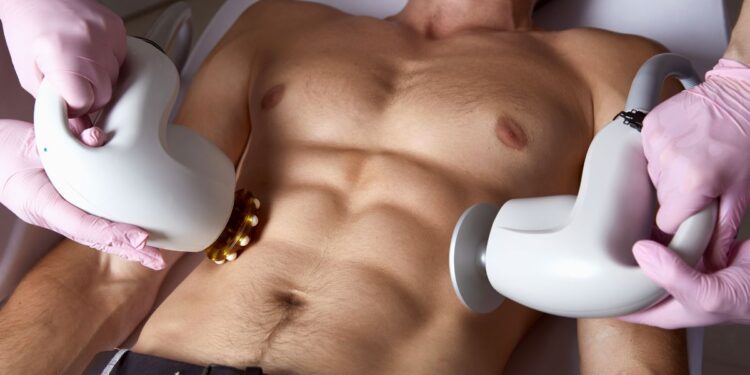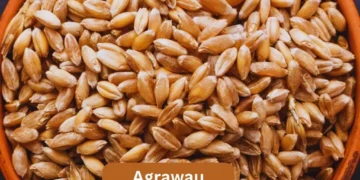Key Takeaways
- Discover various non-invasive body contouring techniques and their benefits.
- Learn how these methods compare to traditional surgical procedures.
- Understand the role of a healthy lifestyle in maximizing results.
- Find tips for choosing the proper treatment for your body goals.
Introduction to Body Contouring
Body contouring has emerged as a powerhouse in aesthetic and cosmetic procedures, providing solutions for those eager to reshape their bodies without a knife. While the term might sound technical, it simply refers to various techniques designed to sculpt and tighten targeted areas, delivering results that were once only achievable through invasive surgery. Those looking to vanquish pesky fat pockets and achieve their desired physique may find their perfect match in these non-surgical innovations. The availability of body contouring varies, but the benefits remain consistent: precision results with minimized risks.
The Rise in Popularity of Non-Invasive Techniques
The popularity of non-invasive body contouring methods can be attributed mainly to their ability to meet the demands of today’s fast-paced lifestyle. Stiff work schedules and personal commitments leave little room for the extended recovery periods that traditional surgical procedures demand. Consequently, even with facial treatments, non-invasive options have become a favored choice for many. These techniques allow individuals to achieve aesthetic goals without putting their lives on hold. Research highlights the increasing preference for such procedures, revealing a trend towards less invasive treatments that fit seamlessly into people’s hectic routines.
Types of Non-Invasive Body Contouring
Non-invasive body contouring encompasses a range of proven methods, each offering unique advantages depending on one’s specific body needs. Cryolipolysis, often called “fat freezing,” employs controlled cooling to eliminate fat cells, offering a solution for those targeting particular problem regions without affecting surrounding tissues. Complementing this is ultrasound fat reduction, which harnesses sound waves to liquefy fat cells, subsequently processing them through the lymphatic system. Radiofrequency lipolysis is another excellent choice, utilizing energy waves to warm and eliminate fat cells for skin tightening and promotion. Understanding these techniques allows individuals to make informed choices, ensuring they select the method best aligned with their specific goals and body characteristics.
Benefits Of Traditional Surgery
Compared to traditional surgical approaches, non-invasive body contouring has many advantages. Individuals no longer need to contend with the prolonged recovery periods associated with surgeries like liposuction nor face the gamut of surgical risks such as infections and anesthesia complications. By opting for non-invasive methods, patients can enjoy shorter treatment sessions, reduced discomfort during and after procedures, and, most significantly, the ability to return to their daily lives with negligible downtime. A growing body of evidence emphasizes the benefits of non-invasive body contouring, aligning with the modern preference for safe, efficient medical procedures that minimally disrupt daily life.
Lifestyle Choices to Augment Results
Achieving the best results from body contouring requires more than the procedure itself; an essential element lies in the individual’s commitment to maintaining their physique post-treatment. Small yet impactful changes—such as adopting a balanced diet rich in nutrients, increasing water intake, and committing to regular physical activity—can significantly bolster and sustain the results realized from body contouring procedures. Such lifestyle alterations enhance the longevity of results and improve overall well-being, reinforcing the transformative impact of the treatments.
How to Choose the Right Treatment
Selecting the appropriate treatment among the array of body contouring options is an art that involves individualized planning. Different bodies require varying approaches, and assessing one’s body type, the areas needing treatment, and the desired outcomes is crucial. Consulting with a qualified professional ensures that these variables are professionally evaluated and a treatment plan is devised that aligns accurately with one’s unique body goals. The goal is to guarantee immediate results and sustained satisfaction over time.
Real-Life Success Stories
The real-life stories of those who have embraced non-invasive body contouring provide inspiring narratives that highlight the potential of these treatments. Consider Sarah, a working mother who struggled with stubborn belly fat. After several sessions of ultrasound fat reduction, she noticed a substantial decrease in her midsection’s fat composition, buoying her confidence and energizing her lifestyle. Similarly, Jack, whose office job limited his ability to hit the gym regularly, found solace in radiofrequency treatments to tighten his abdomen. These stories showcase the life-enhancing possibilities these procedures can unlock, offering an attainable path to achieving personal aesthetic aspirations.
Future Trends in Body Contouring
The landscape of body contouring is constantly evolving, driven by scientific advancements and a burgeoning understanding of body aesthetics. Future innovations promise to push boundaries further, offering more effective treatments tailored to individual needs with unparalleled specificity. As the field grows, staying informed and maintaining an open dialogue with healthcare providers will be pivotal in navigating upcoming trends and treatments, ensuring that individuals receive the best possible enhancements tailored to their unique physiques.








